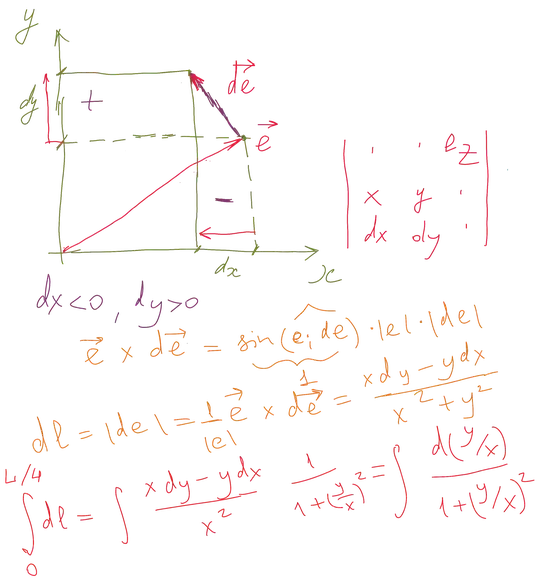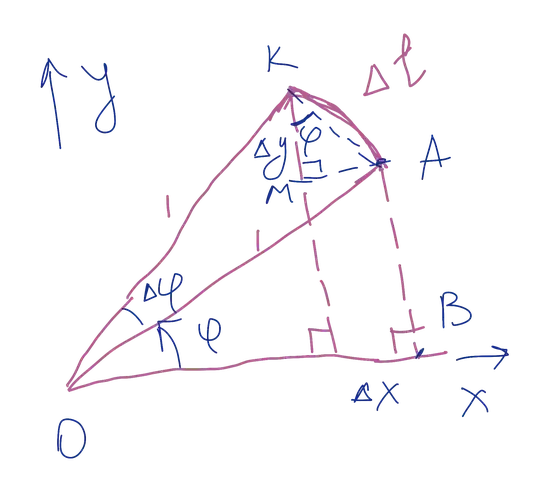When I was on the road today I came across one interesting puzzle.
What if you meet an extraterrestrial species, and you show to them some of mathematical works. They look at $\pi$ and they clearly don't understand what it means. So they ask you, and you write $x^2 + y^2 = 1$ and say, "Look, $\pi$ comes from it."
How to show the exact details? What way will be shorter and why?
I came up with 3 basic ways but none of them is easy, each of them involves some geometry. But universally there have to be built some trigonometry around, otherwise at integration/differentiation there would be misunderstanding of arcsin/arctan functions. Also $\lim\frac{\sin x}{x}$ have to be built somehow, and geometry is best suited for it.
Is there any way to do it without geometry at all? What is the shortest path from $x^2+y^2=1$ to $\pi$?

